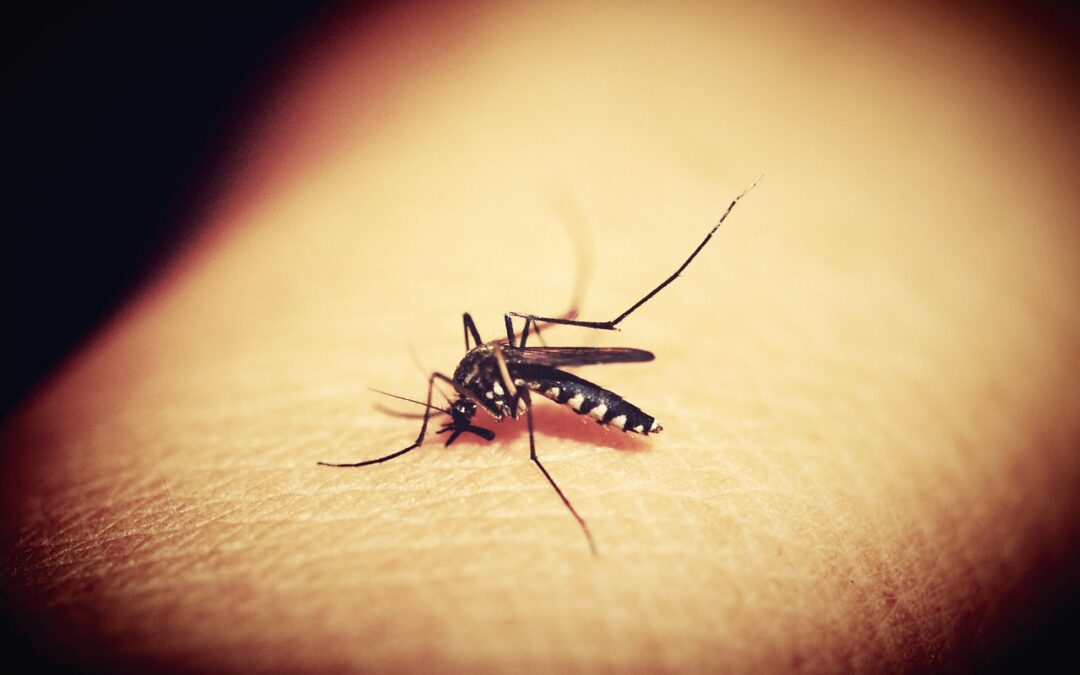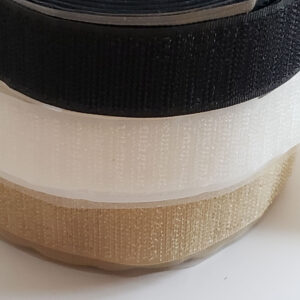News-Press
The lingering impacts of deadly Hurricane Ian have left Southwest Florida reeling; but a new menace has emerged this week as disease-carrying mosquitoes are blanketing the region.
With storm surge of more than 15 feet in some areas and more than 1 foot of rain in others, the landscape is soggy and saturated, perfect conditions for spreading West Nile and Dengue fever.
“They’re really everywhere, all over,” said Eric Jackson, spokesman for the Lee County Mosquito Control District. “We have pilots in the air and we’re going to get every single spot.”
Recent Hurricanes
Hurricanes Irma and Harvey left behind devastation in large parts of the United States.
However, the strong winds also swept away much of the mosquito population in the affected areas in Texas, Florida, and elsewhere.
That relief was welcome, but it may be short-lived.
That’s because it can take only a couple weeks before mosquito populations increase again.
An official with the Sarasota County Mosquito Control District told the Sarasota Herald-Tribune he expects mosquito numbers to start to spike .

More mosquitoes, more human exposure
Standing water left behind after the hurricanes is a prime spot for mosquitoes to lay their eggs and hatch more winged pests.
Pots, buckets, and wheelbarrows are all potential sources of new mosquitoes. But so is the water that collects in bromeliads and other small containers.
In New Orleans, after hurricane Katrina in 2005, flooded swimming pools were a big problem.
“It was a while before those swimming pools were able to be brought back online, cleaned up, or drained,” said Wesson. “So those became major mosquito production sites.”







